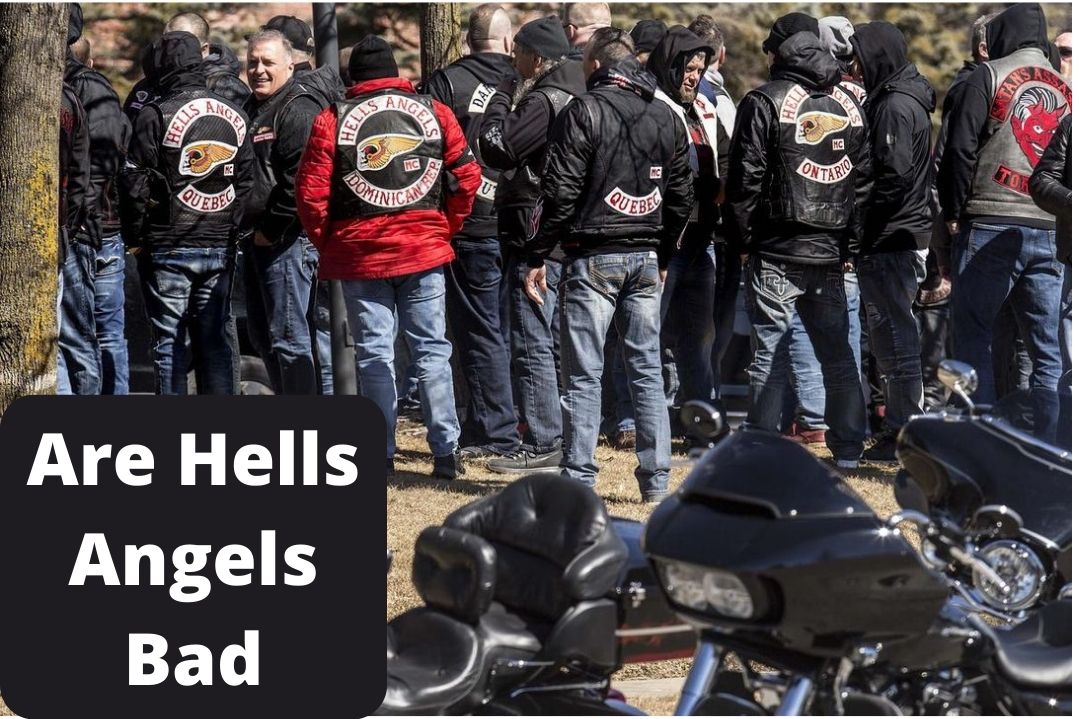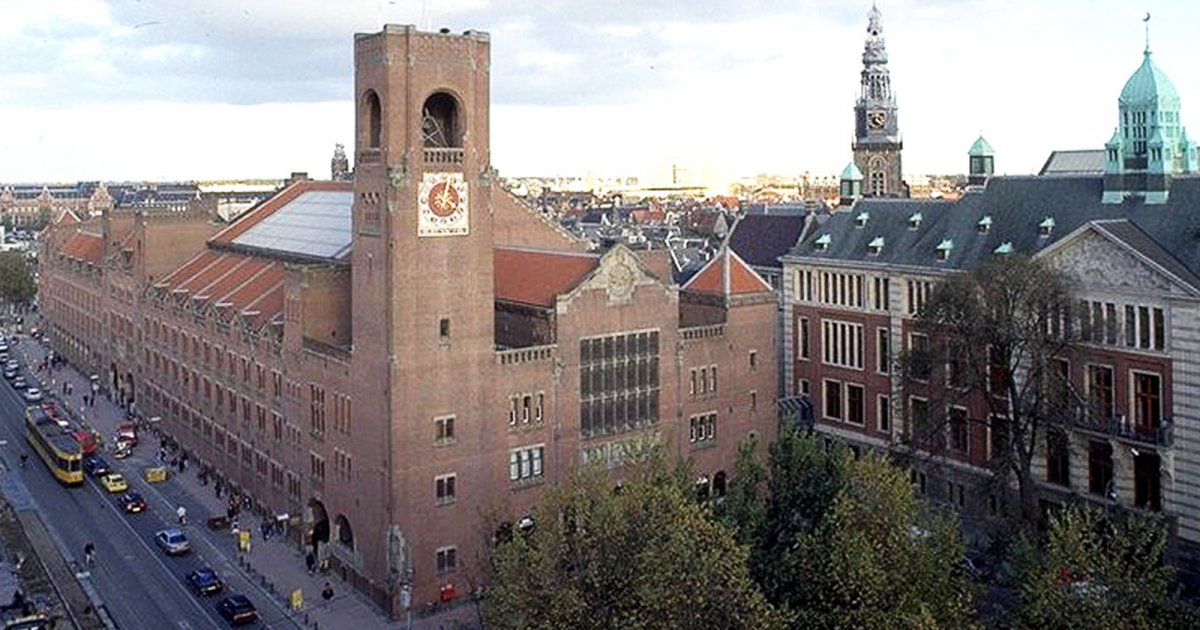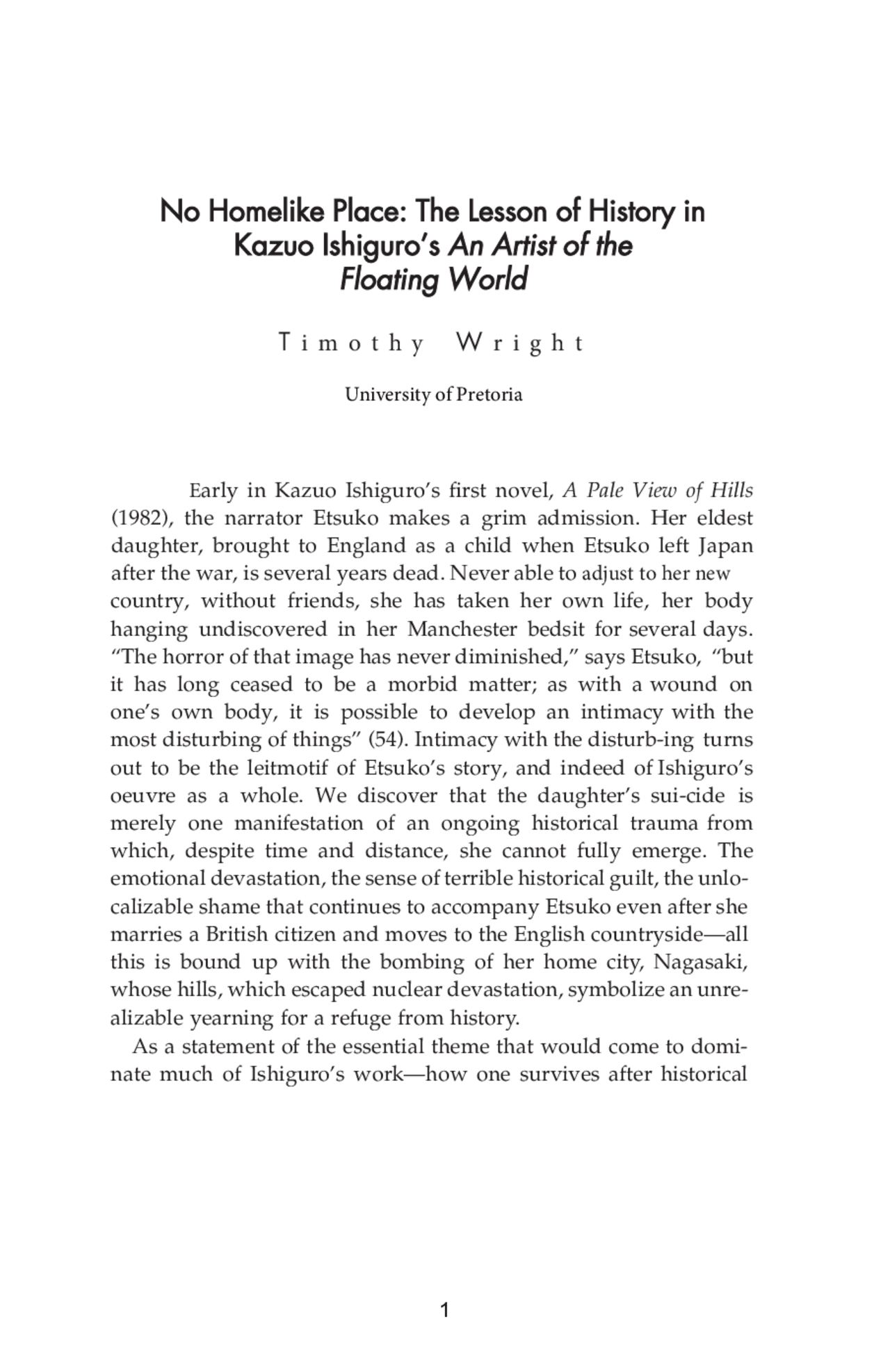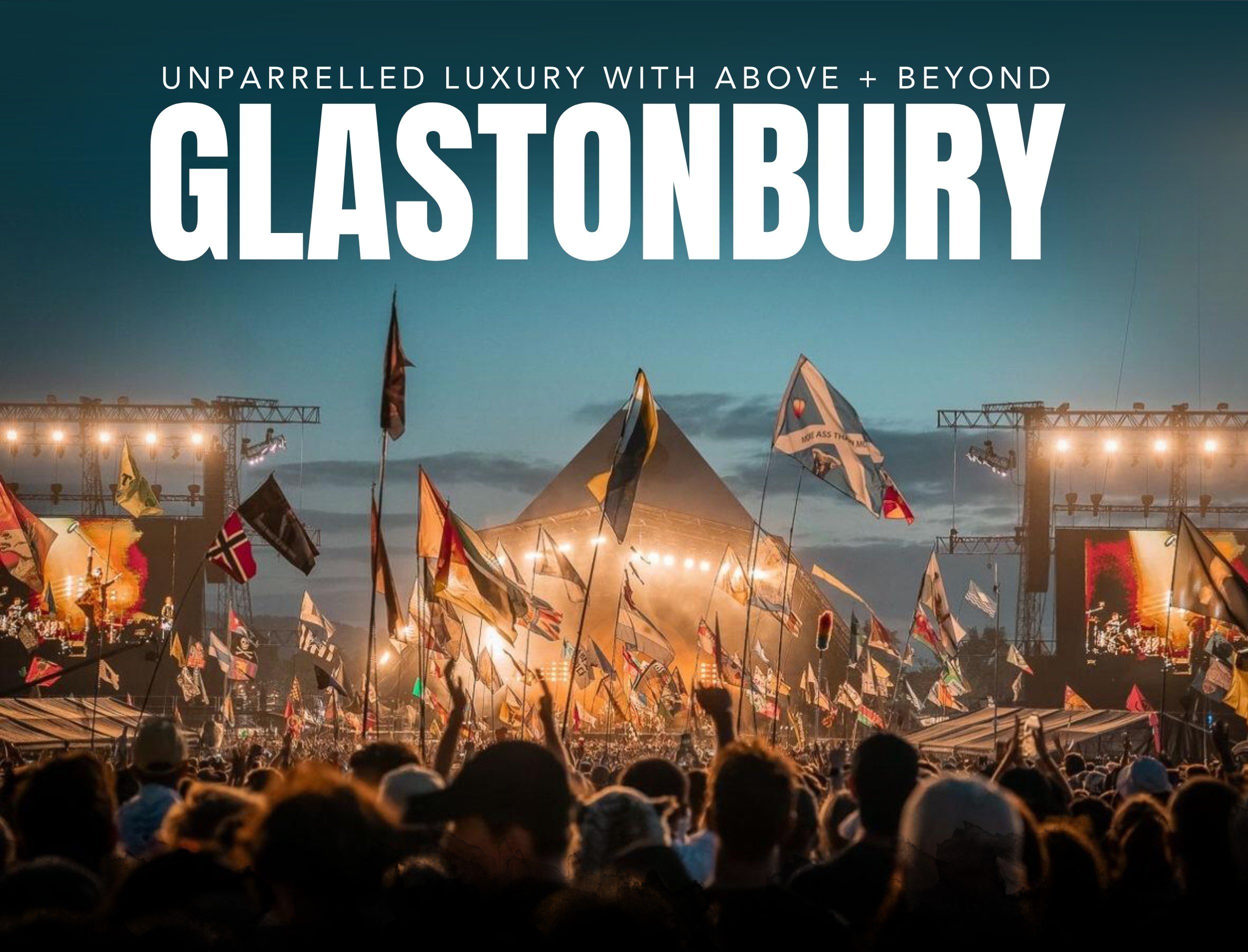The Hells Angels: Myths, Realities, And The Truth Behind The Legend

Table of Contents
The Myth vs. Reality of the Hells Angels
The public perception of the Hells Angels is heavily influenced by decades of media portrayal. Let's delve into the contrast between the myth and the reality.
The Outlaw Image: Media Portrayal and Public Perception
Movies, documentaries, and news reports have consistently shaped the public's view of the Hells Angels, often emphasizing violence, criminality, and a disregard for the law. This portrayal is frequently sensationalized, focusing on the most extreme aspects of their activities while overlooking the complexities of their internal structure and the diversity of their members' lives.
- Negative stereotypes perpetuated by media: The media often paints a one-dimensional picture of the Hells Angels as uniformly violent criminals, neglecting the nuances of individual members and their motivations.
- Examples of films and TV shows: From "Easy Rider" to various documentaries, the portrayal of Hells Angels has often reinforced negative stereotypes and emphasized their alleged involvement in illegal activities.
- Impact on public opinion: This consistent negative portrayal has solidified a largely negative public perception of the Hells Angels, making it difficult to separate fact from fiction.
The Brotherhood and Internal Structure
Beyond the outlaw image lies a complex internal structure and a strong emphasis on brotherhood and loyalty. The Hells Angels operate under a hierarchical charter system, with individual chapters possessing a degree of autonomy. This structure, however, is tightly controlled, with strict rules and rituals governing membership.
- Charter system: The club's organization is based on a network of autonomous chapters, each operating under a specific charter.
- President's role: Each chapter is led by a President, responsible for maintaining order and representing the chapter to the broader organization.
- Initiation rituals: Becoming a full-fledged member involves a rigorous initiation process, emphasizing loyalty and commitment to the club.
- Code of conduct: While not publicly available, the Hells Angels are known to have an internal code of conduct that governs members' behavior and interactions.
Legal Activities and Business Ventures
It's crucial to acknowledge that not all Hells Angels members are directly involved in criminal activities. Some members operate legitimate businesses, often centered around their shared passion for motorcycles. These businesses can range from motorcycle repair shops and parts suppliers to merchandise sales, creating a source of income seemingly separate from illegal activities.
- Motorcycle businesses: Many Hells Angels members own and operate motorcycle-related businesses, providing a legitimate source of income.
- Merchandising: The club and individual members often sell Hells Angels-branded merchandise, generating revenue through legal means.
- Legal challenges faced by the club: Despite legitimate businesses, the club frequently faces legal challenges due to its overall reputation and the actions of individual members. The line between legitimate business and criminal activity is often blurred, making it difficult to disentangle.
Criminal Activities and Law Enforcement
Despite the existence of legitimate businesses, the Hells Angels have a documented history of involvement in organized crime. This complicates the overall perception and understanding of the club.
Involvement in Organized Crime
Over the years, various investigations have linked Hells Angels members to drug trafficking, violence, extortion, and other serious crimes. However, proving direct club involvement in these criminal acts, as opposed to the actions of individual members, is often a significant challenge for law enforcement.
- Drug trafficking investigations: Numerous investigations have implicated Hells Angels in large-scale drug trafficking operations globally.
- Violence and assault cases: The club has been associated with numerous instances of violence and assault, both against rival gangs and civilians.
- Challenges of infiltration and prosecution: The secretive nature of the club, along with the loyalty and protection afforded to its members, makes infiltration and successful prosecution extremely difficult.
Law Enforcement Strategies and Global Crackdowns
Law enforcement agencies worldwide employ various strategies to combat Hells Angels-related criminal activities. These strategies require international cooperation due to the club’s global reach.
- Undercover operations: Undercover agents infiltrate the club to gather evidence and build cases against members involved in criminal activity.
- Surveillance techniques: Surveillance is used to monitor the activities of Hells Angels members and gather intelligence.
- International cooperation: Given the international nature of the Hells Angels, effective law enforcement requires extensive collaboration between agencies across different countries.
Conclusion
The Hells Angels Motorcycle Club presents a fascinating case study in the complexities of organized groups and the challenges of separating myth from reality. Their outlaw image is undeniably powerful, shaped by decades of media portrayals emphasizing violence and criminal activity. However, understanding the Hells Angels requires acknowledging their internal structure, their legitimate businesses, and the difficulties law enforcement faces in proving direct club involvement in criminal acts. Ultimately, a nuanced understanding necessitates moving beyond simplistic stereotypes and recognizing the multifaceted nature of this enigmatic group. Learn more about the Hells Angels and explore the complexities of the Hells Angels Motorcycle Club by researching further into this fascinating and controversial subject. Understanding the truth behind the Hells Angels legend is a journey into the darker side of biker culture.

Featured Posts
-
 Dazi Usa E Impatto Sui Prezzi Dell Abbigliamento
May 25, 2025
Dazi Usa E Impatto Sui Prezzi Dell Abbigliamento
May 25, 2025 -
 Amsterdam Stock Exchange Plunges 11 Drop Since Wednesday
May 25, 2025
Amsterdam Stock Exchange Plunges 11 Drop Since Wednesday
May 25, 2025 -
 The Role Of Memory And Forgetting In Kazuo Ishiguros Fiction
May 25, 2025
The Role Of Memory And Forgetting In Kazuo Ishiguros Fiction
May 25, 2025 -
 The Glastonbury 2025 Lineup A Comprehensive Guide To The Top Performers
May 25, 2025
The Glastonbury 2025 Lineup A Comprehensive Guide To The Top Performers
May 25, 2025 -
 55 Richna Naomi Kempbell Stil Ta Kar Yera Supermodeli
May 25, 2025
55 Richna Naomi Kempbell Stil Ta Kar Yera Supermodeli
May 25, 2025
